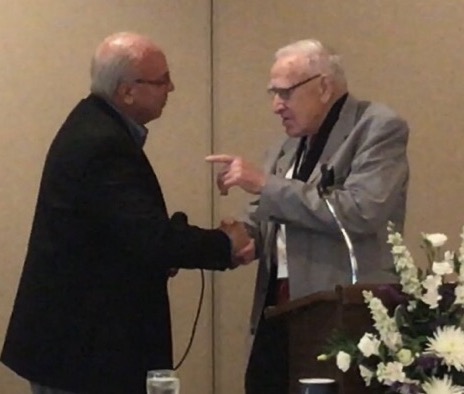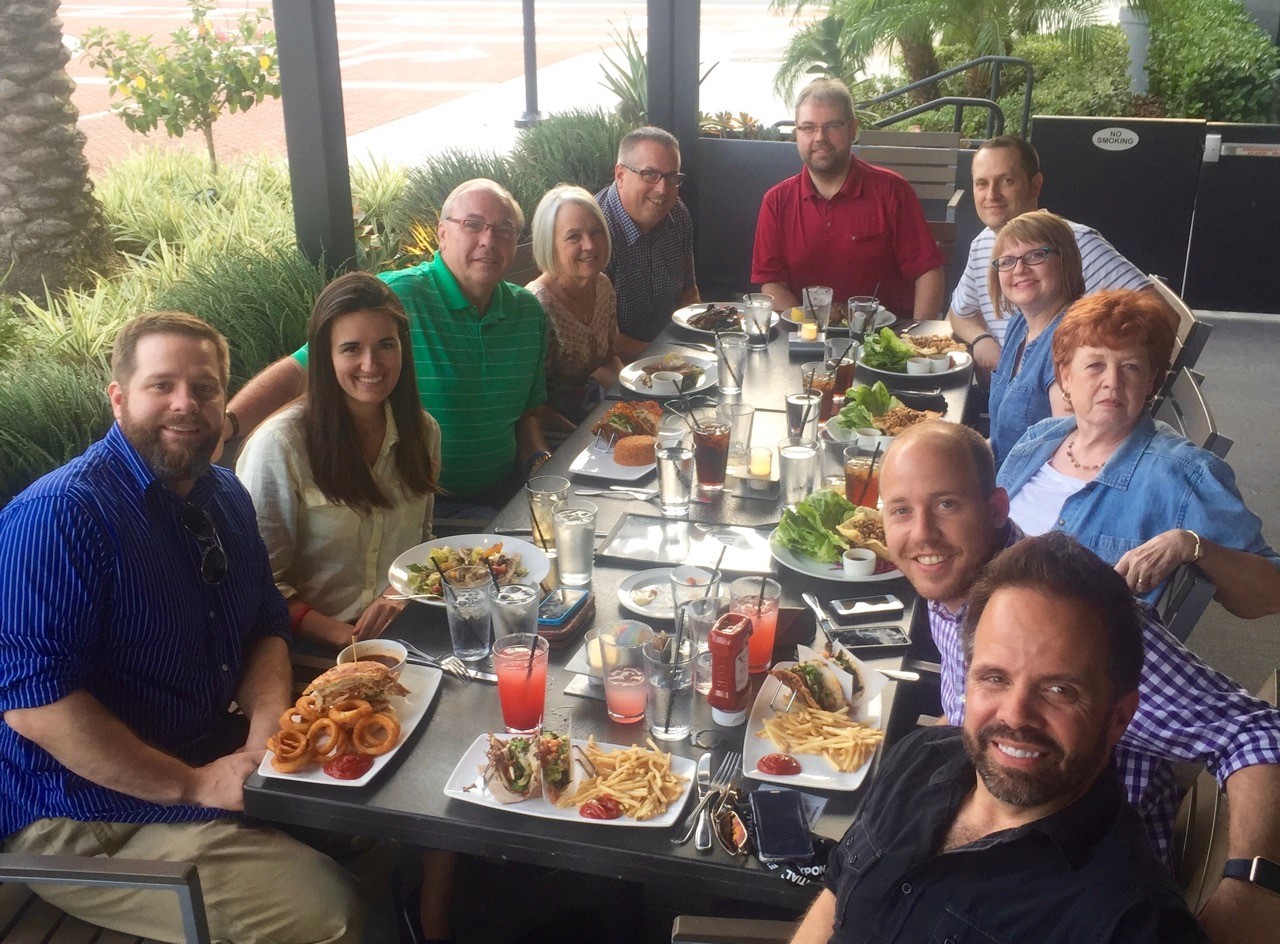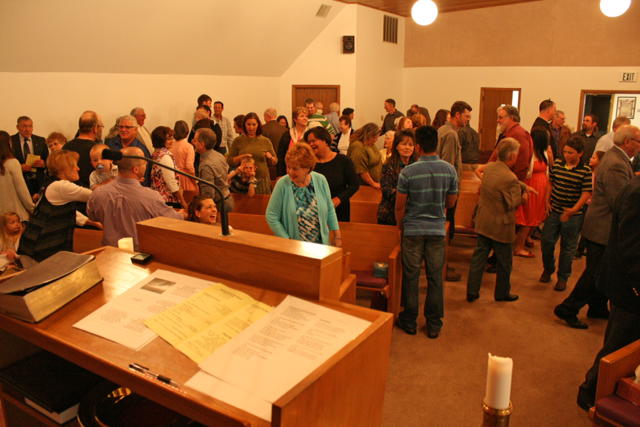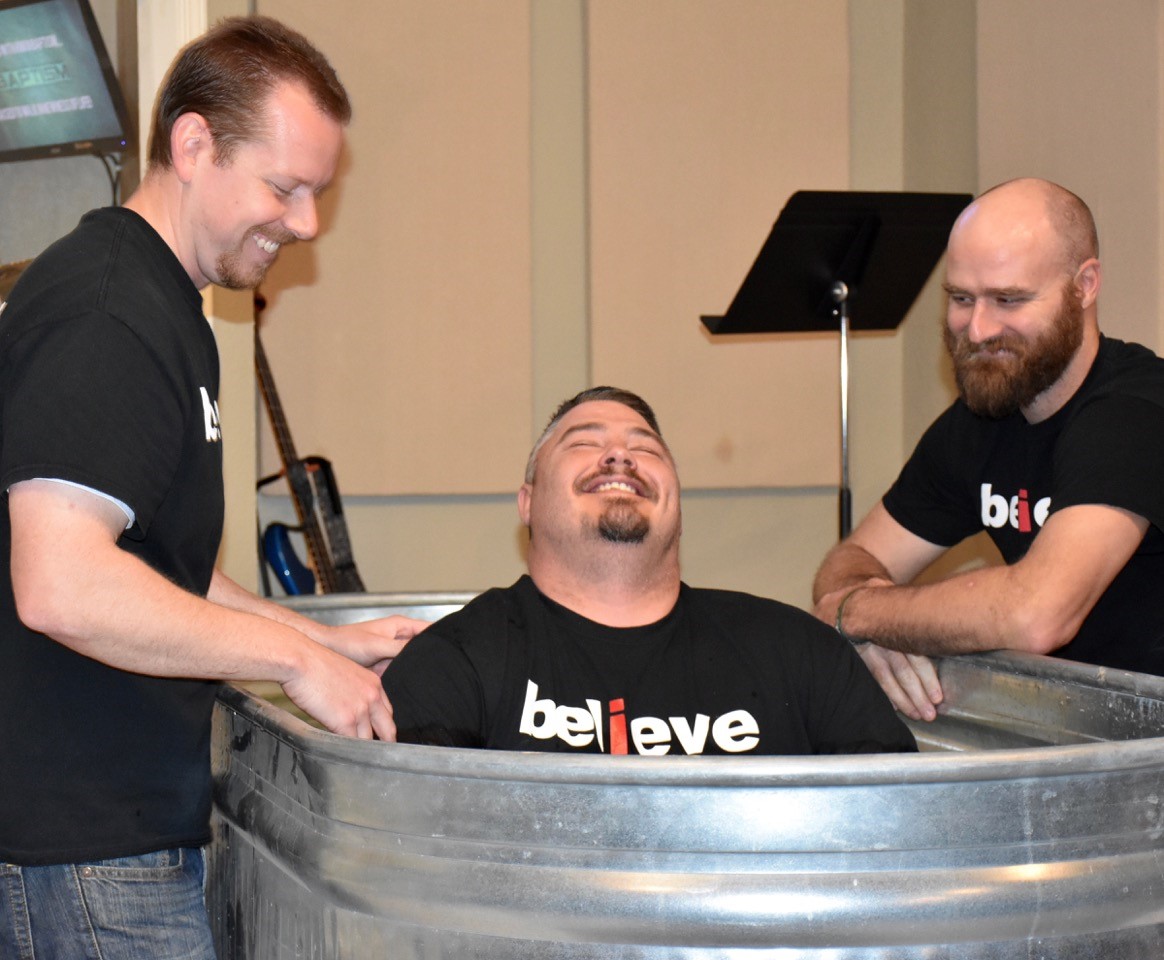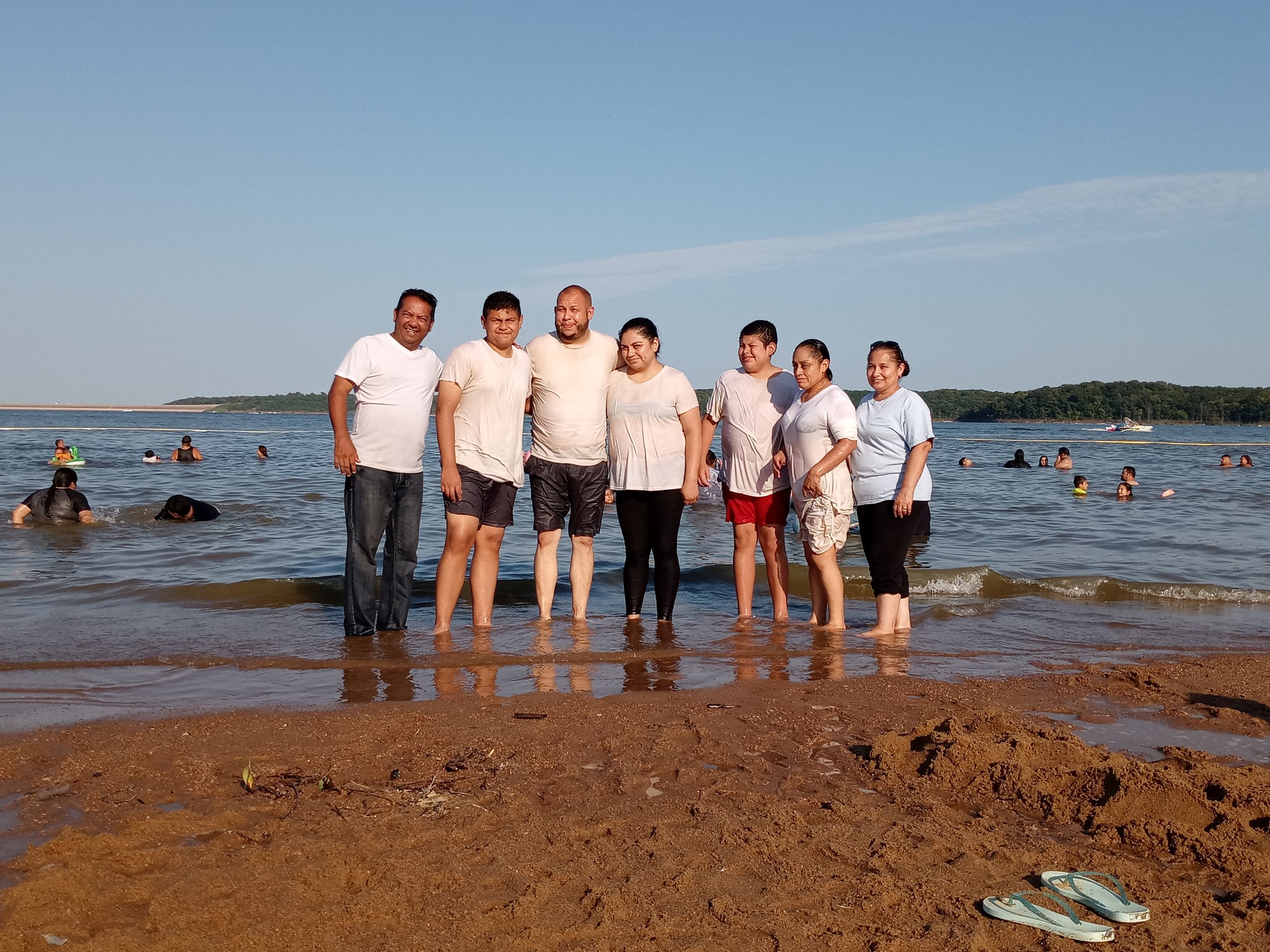who we are
The Wesleyan Church Around the World Today
The Wesleyan Church has 1,731 member churches in the United States and Canada and nearly 5,000 worldwide; the Wesleyan Church is active in almost 100 nations. It claims over 411,000 worshippers, including more than 194,000 in North America. "WesLife" is the digital publication of The Wesleyan Church, and The Wesleyan Church World Headquarters is in Fishers, Indiana, about 10 miles northeast of Indianapolis. The denomination has five colleges in North America, of which Indiana Wesleyan University is the largest. The Wesleyan Church is a member of the Christian Holiness Partnership of 23 denominations, member of the National Association of Evangelicals, and the World Methodist Council. They do not hold membership in the National Council of Churches nor the World Council of Churches, both organizations deemed to be too liberal for the Wesleyan Church's conservative theological positioning.
The church is an evangelical holiness church that believes in a personal relationship with Jesus Christ and is Wesleyan-Arminian in doctrine. Local churches are organized into a network of districts with equal representation of clergy and laity at their annual conferences. Each has an elected administrator known as the District Superintendent and has a district board of administration with both lay and clergy serving. National and multi-national networks are called General Conferences with very strong national leadership and meet every four years. The North American General Conference is currently led by one General Superintendent, Dr. Wayne Schmidt. The executive cabinet is made up of directors of the following divisions:
History and Purpose
When John Wesley began his ministry in 1738, morality and religion had collapsed in England. In May of that year, Wesley had his Aldersgate experience and went out to minister to the multitudes in the open fields. A century later, the social and moral climate of England had changed dramatically. Queen Victoria was on the throne and "Victorian" became a synonym for piety and morality. Conditions can change for the better. It has happened.
The Fight Begins
Of the many moral and social reforms resulting from the spiritual awakening of the eighteenth century, perhaps the abolition of slavery was the most conspicuous. In 1772 England freed her slaves. This was partly the work of Granville Sharp, who pressed the "King's Bench" (England's Supreme Court) to make the decision that liberated slaves in England-but not in British colonies. His Lordship Judge Mansfield noted that the court did so because slavery is contrary to God's law.
Great Strides in England
A couple of years later, Wesley wrote his famous essay on slavery, in which he said: "Notwithstanding ten thousand laws, right is right and wrong is wrong still." Soon thereafter, a gifted young Member of Parliament, William Wilberforce, took up the abolitionist cause. Just a few days before he died in 1791, Wesley wrote his last letter to this Christian statesman, urging him to continue the fight. It was an almost impossible assignment, but in 1807, Wilberforce did get the government to forbid British ships to engage in the lucrative slave trade. Wilberforce died in 1833, one month before Parliament passed the law liberating all slaves in the British Empire.
Genesis of Wesleyan Church in U.S.A.
The Wesleyan Church in America was officially formed in 1843 at an organizing conference in Utica, New York, as a group of ministers and laymen splitting from the Methodist Episcopal Church, primarily over their objections to slavery, though they had secondary issues as well. Orange Scott presided as the meeting formed a federation of churches at first calling themselves the Wesleyan Methodist Connection.(The name was chosen to distinguish themselves from the British Wesleyan Methodists).
In addition to anti-slavery, the early Wesleyan Methodists championed the rights of women. The Wesleyan Chapel in Seneca Falls, New York hosted the first Women's Rights Convention in 1848, also known as the Seneca Falls Convention. It is commemorated by the Women's Rights National Historical Park in the village today.
In 1966 the denomination merged with the Alliance of Reformed Baptists of Canada and 1968 with the Pilgrim Holiness Church. It spread through revivals emphasizing a deepening experience with God called holiness or sanctification. Heart purity was a central theme. During this period of time, many small churches developed through revivals and the emphasis of sanctification (taught by John Wesley, but not emphasized by many Methodists). As many as 25 or 30 small denominations were formed and eventually merged with other groups to enlarge the church. The church was strong in missionary and revival emphasis. The Wesleyan merger between the Wesleyan Methodist Church and the Pilgrim Holiness Church took place in 1968 at Anderson University, Anderson, Indiana.
District Superintendent
Rev. Nate Rovenstine was elected as the Kansas District Superintendent of The Wesleyan Church at its district conference in July 2019. As district superintendent, he is responsible for giving leadership and administrative oversight to all the Wesleyan churches in the State of Kansas. In addition to serving as District Superintendent, Nate is the lead pastor of Connect Church in Lawrence, KS. He has been at Connect since 1987.
Nate and his wife, Janet, continue to live in Lawrence. They have three daughters. Chelsea and her husband, Andrew, pastor in Wichita. They have three children, Westin, Nora, and Ethan. Jamie is an elementary school teacher and she and her husband, Jake and their son, Dean, live in Colorado. Kylie and
her husband, Dillon are on staff at Olathe Wesleyan.
Contact Nate
Email: nrovenstine@kdwc.org
Phone: (785) 841-5446


